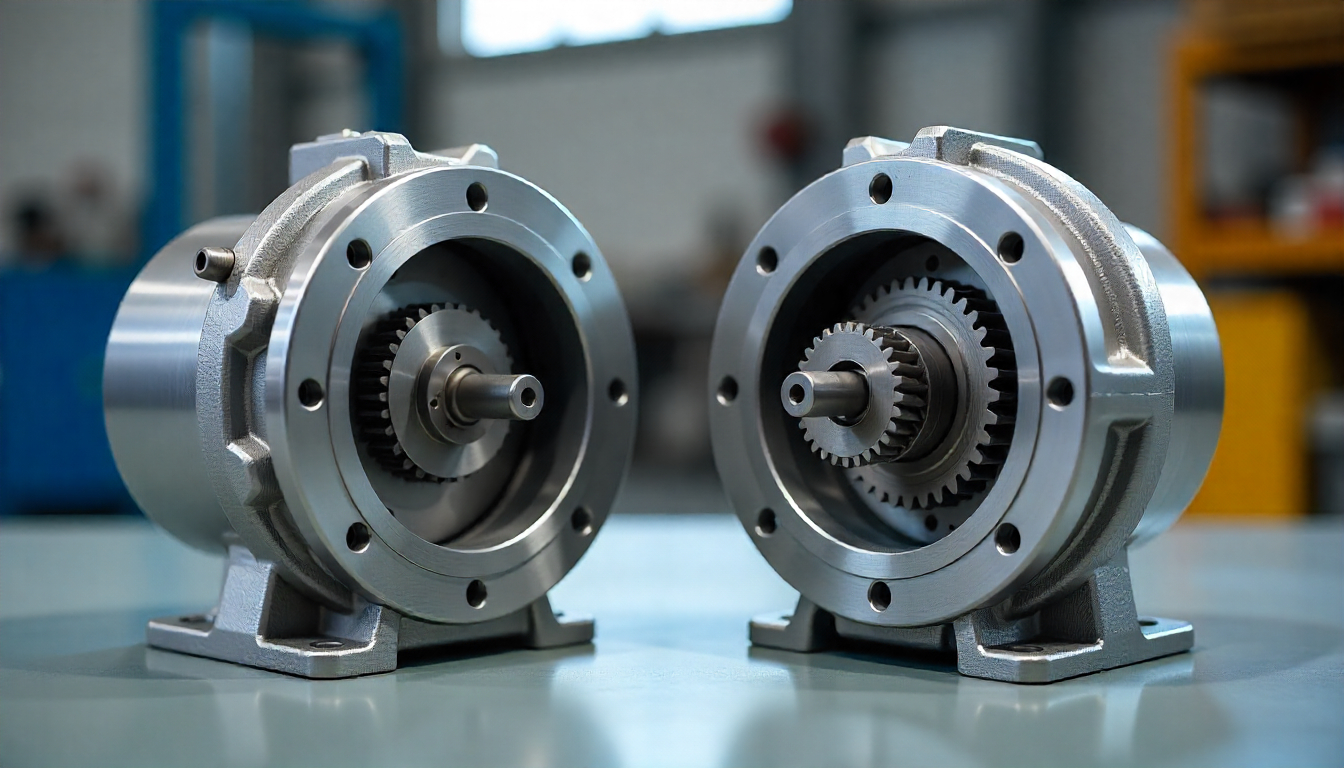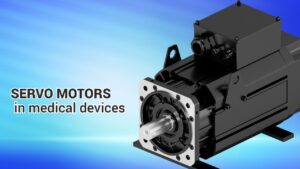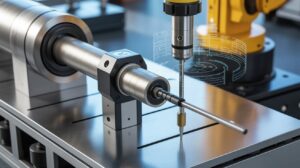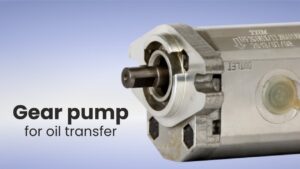Gear pumps are among the most common types of positive displacement pumps used in industries such as automotive, chemical processing, food and beverage, and hydraulics. They are reliable, efficient, and versatile devices designed to move fluids at controlled rates. Among the different types available, the internal and external gear pump stands out as the most widely used design for industrial applications.
However, each design has its strengths and weaknesses. Hardware compatibility, process design, and internal and external gear pump price will often dictate the choice between the two. We look at the pros and cons of internal vs external gear pumps, efficiency comparisons, and key price/performance trade-offs in this blog.
What is an Internal Gear Pump?
A typical internal gear pump has an outer (rotor) and an inner gear (idler). The gears turn together, forming a sealed cavity that moves the fluid from the inlet to the outlet.
The result is the only design of internal gear pumps capable of managing a plethora of fluids, including thick, viscous, or abrasive types.
Key Applications
- Chemical processing
- Industries dealing with food and beverages (syrups, oils, chocolate, etc.)
- Lubrication systems
- Fuel transfer systems
What is an External Gear Pump?
An external gear pump, as the name implies, has two identical gears that rotate one another to transport fluid. The gears turn, and fluid enters through the outside of the gears, then exits on the other side.
External gear pumps are small, uncomplicated, extremely dependable, and a popular choice where moderate pressure and constant flow are required.
Key Applications
- Hydraulic power systems
- Machine tools
- Chemical plants
- Fuel injection systems
Internal Gear Pump Advantages
Here are several internal gear pump advantages to know:
Ability to Handle Viscous Fluids
When other pumps fail, internal gear pumps can easily pump thick and sticky fluids such as molasses, asphalt, or resins.
Smooth and Quiet Operation
They are also designed for low-speed operation, which minimizes noise and vibration relative to external gear pumps.
Self-Priming Capability
They do not require a second priming, unlike the other pumps, which helps save time and simplify operations.
Flexible Mounting
It has the capacity to work in both forward and reverse directions, granting greater flexibility to operators across applications.
Durability with Abrasive Fluids
And their design allows them to be more abrasion-tolerant, thus having a longer operational life.
Disadvantages of Internal Gear Pumps
Higher Cost
Internal gear pumps are more costly compared to external gear pumps because of their meticulous design.
Lower Speed Limits
This makes them unsuitable for high-speed applications, and subsequently, they cannot be used in systems that require rapid transfer of fluid.
Size Constraints
Internal gear pumps are typically larger and thus are not as good a fit for tight spaces.
Maintenance Complexity
Their internal structure makes servicing and repairs a lot more complicated.
Advantages of External Gear Pumps
Compact and Simple Design
They are easier to install and maintain due to their simple construction.
High-Pressure Handling
External gear pumps can be used in every kind of hydraulic system, handling constant and high pressures.
Cost-Effective
The cost of external gear pumps is usually lower than that of internal ones, making them more economical for various processes.
Good Efficiency at Higher Speeds
They are extremely effective for medium to high-speed applications that require a constant flow rate.
Wide Range of Applications
Be it hydraulic machinery or fuel injection, external gear pumps are used in many applications.
Disadvantages of External Gear Pumps
Not good for High Viscosity Liquids
Therefore, they may not be as suitable as internal gear pumps, as thick/ sticky liquids may cause efficiency concerns.
Noisier Operation
High shaft speeds and the meshing of gears result in a loud output.
Shorter Lifespan with Abrasives
Silica sand and other abrasive materials can quickly wear out pumps, resulting in short pump life.
Limited Self-Priming Ability
External gear pumps will likely need additional priming before they are operated, which is not the case for internal gear pumps.
Internal Gear Pump vs External Gear Pump: Key Differences
| Feature | Internal Gear Pump | External Gear Pump |
| Fluid Handling | Thick, viscous, abrasive fluids | Thin to medium viscosity fluids |
| Efficiency | High efficiency at low speeds | Better efficiency at higher speeds |
| Noise Level | Quieter | Noisier |
| Cost | More expensive | More affordable |
| Durability | Handles abrasives better | Wears faster with abrasives |
| Applications | Food, chemicals, fuels, heavy oils | Hydraulics, fuel injection, machine tools |
Internal Gear Pump Efficiency
Efficiency is one of the most important considerations when selecting a pump. Internal gear pump efficiency shines in low to medium-speed operations, especially with viscous fluids. They minimize leakage, deliver consistent flow, and maintain pressure even under demanding conditions.
External gear pumps, while efficient, may struggle with fluid slippage in highly viscous or abrasive applications.
Internal and External Gear Pump Price Considerations
There are various factors to consider while evaluating the internal and external gear pump price.
Pump design: Internal gear pumps tend to be more expensive than external gear pumps.
Flow rating: Bigger pumps with higher flow rates increase in price quickly.
Materials of construction: Stainless steel pumps made for aggressive fluids are priced higher than cast-iron counterparts.
Manufacturer track record: You should expect to pay more upfront from a trustworthy manufacturer that will provide your pump with longevity and support as needed.
Choosing the right pump based on your application can mean lower downtime, longer service life, and overall better efficiency; those benefits have a direct impact on your organization’s bottom line.
Conclusion
Internal and external gear pumps are integral to modern industries, both catering to various application needs with their distinct advantages. While able to handle viscous, abrasive, and sticky fluids in quiet operation when running at conditions near optimal design, internal gear pumps are often less compact, more expensive, and less effective in certain high-pressure hydraulic applications than the external gear pump.
Depending on your operational needs, budget, and characteristics of the fluid, your choice between the two will eventually come. THM Huade is a solution provider for industries that require life-long, performance, and cost-effective gear pumps.
FAQs
Q2. Are external gear pumps more cost-effective than internal gear pumps?
Generally, are external gear pumps cheaper? On the other hand, internal pumps are pricier, but they make up for their higher price with more efficiency and reliability for heavy-duty applications.
Q3. What affects internal gear pump efficiency the most?
The main factors that affect the efficiency of an internal gear pump are fluid viscosity, seal quality, and operating speed.
Q4. How do I decide between an internal gear pump vs external gear pump?
The type of fluid, flow rate, pressure, noise level, and cost need to be taken into consideration. Viscous, abrasive fluids call for an internal gear pump; hydraulic and fuel systems call for an external gear pump.



